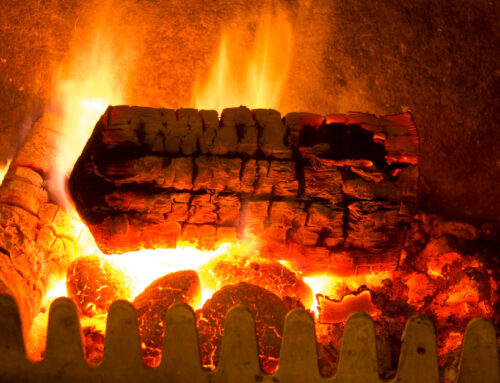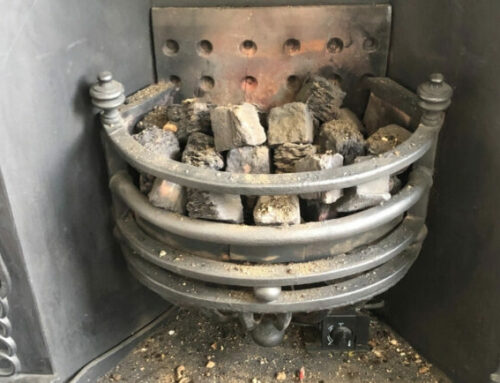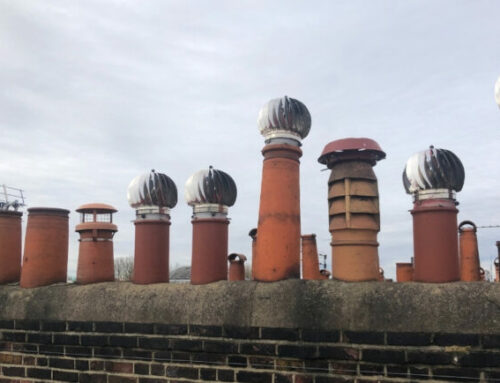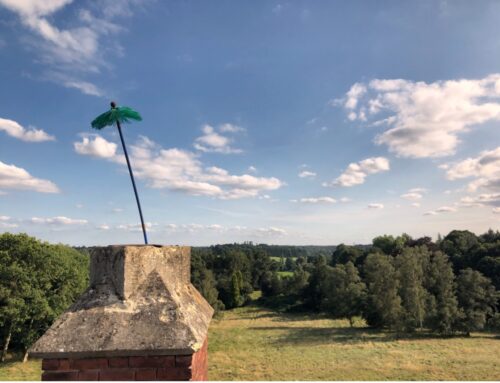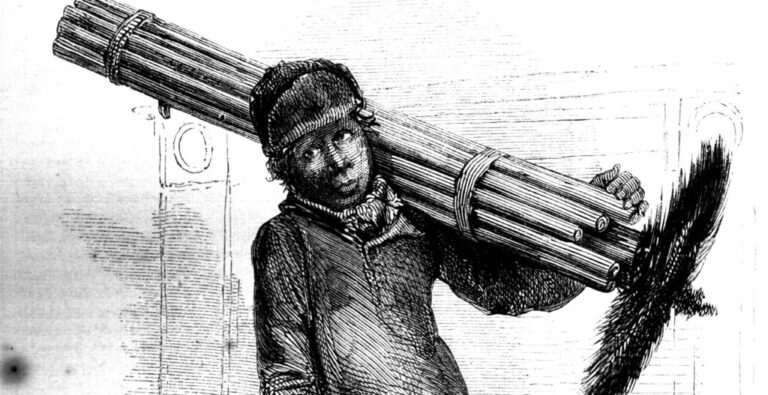
Often, the first image that comes to mind when somebody mentions a child chimney sweep is a young boy covered in soot with a chimney brush draped over his shoulder. As entertaining as they may have appeared in films such as Oliver Twist, these young boys certainly had their work cut out for them and were often exposed to dangerous situations.
Why were young boys used as chimney sweeps?
These children, often as young as 3 years old, were usually orphans or came from incredibly unprivileged backgrounds. In some circumstances, parents sold their children in exchange for money for food. Children made perfect chimney sweeps due to their small size and although young, they worked incredibly hard. The optimum age for child chimney sweeps was reported to be 6, as they were strong enough to climb up the narrow chimney breasts yet still small enough to fit in very confined spaces.
The harsh reality of child chimney sweeps
These small children were fully dependent on their master sweep for everything that they needed, such as work, food, shelter, and clothing. The chimney boys would be referred to as apprentices, which wasn’t a very accurate representation. The sweep master would often be made the child’s legal guardian, meaning that the chimney boys were reliant on them no matter what.
This was such a commonly accepted practice that local parishes would pay master sweeps to take in these young children and teach them a trade. As a result, they were required to provide them with on-the-job training, clothes, food, and once-weekly laundry.
The fortunate lads who survived years of child labour were given the opportunity to advance to the positions of journeyman sweep and, eventually, master sweep.
The ever-growing demand for chimney sweeps
By the seventeenth century, the use of chimneys rather than open flamed fires had significantly risen. As towns and villages grew, so did the number of homes, resulting in a huge increase in the demand for chimney sweeps.
Around this time a hearth tax was also implemented. Complex mazes of interconnecting flues were constructed so that many fireplaces led to fewer chimneys. Because of how narrower and compact the flues became, only children could fit inside. There was hardly any room for the chimney boys to manoeuvre due to the restricted area and soot build-up. The need for chimney sweeps continued to increase and child chimney sweeps became a very normal trade.
Working conditions
These interconnecting flues were no bigger than 9×9 inches wide, smaller than an A4 sheet of paper. These flues would often be full of soot, rocks, and other debris, so the space was even more restricted. Even with their tiny frames, the chimney boys would have to force themselves up, often naked so they could grip the insides of the flue with their elbows and knees. If that wasn’t bad enough, the inside of the chimneys would still be hot, resulting in horrific burns from the heat and friction.
It was also common for the chimney boys to get stuck inside the chimneys, and in some cases couldn’t be rescued. Many boys sadly suffocated and died. This happened so often that their deaths were treated with little regard, and the coroner would record their deaths as accidental.
The impacts on health
Unsurprisingly, these children would suffer from significant health problems and ongoing issues that stuck with them for life. Common concerns included bone deformities, lung issues and other respiratory problems. Soot would get into the eyes and cause painful inflammation and often lead to loss of eyesight. The soot was also responsible for one of the common industrial cancers that viciously attacked the boys as they reached adolescence.
The practice of using child chimney sweeps continued until around 1875, when legislation was finally introduced to put a stop to it. It still took time before child chimney sweeps came to a halt and these children were free from these dangerous conditions.
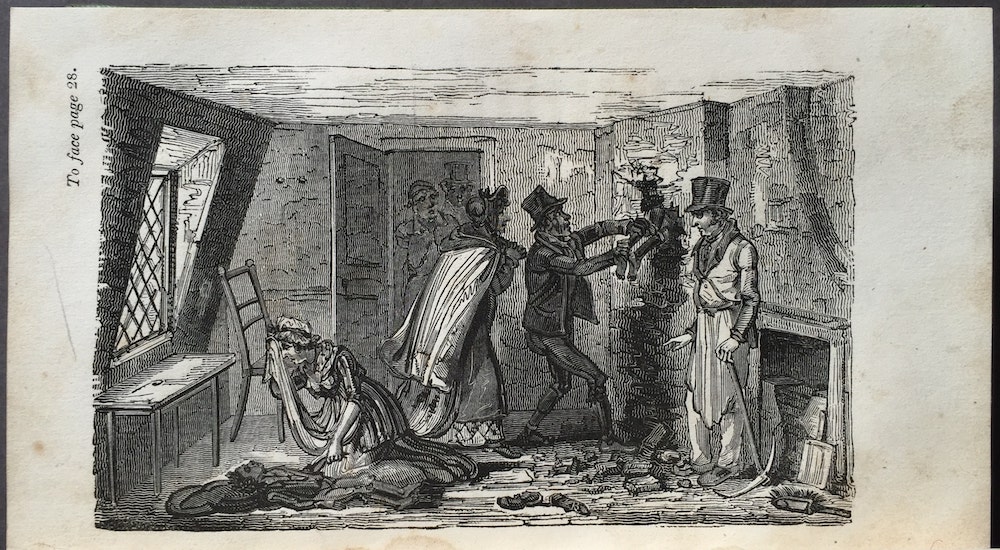
The death of two climbing boys in the flue of a chimney ‘England’s Climbing Boys’ by Dr George Phillips.
These days, we use far safer, modern ways to sweep chimneys. Contact our team today to make your appointment ready for the autumn/winter months.






